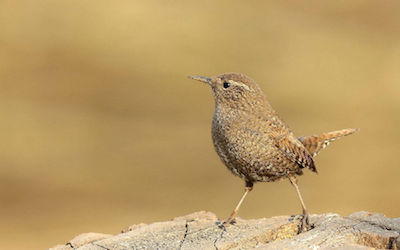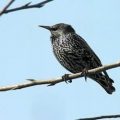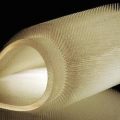PTE考生目前最大的问题之一就是练习题缺乏。除了有限的基本官方书(PLUS,Testbuilder, OG)之外就没有题了。很多英语基础不是很扎实的同学很难找到练习材料。悉尼文波雅思PTE培训学校专门为澳洲,尤其是悉尼、墨尔本的PTE考生准备了适合PTE听力阅读练习的科学60秒。各位PTE同学可以练习PTE听力中的summarise spoken text和PTE口语中的retell lecture,PTE听力口语-科学60秒-Frosty Moss练习记笔记技巧和复述。废话少说,下面开始:
听力内容:
60秒科学节目(SSS)是科学美国人网站的一套广播栏目,英文名称:Scientific American – 60 Second Science,节目内容以科学报道为主,节目仅一分钟的时间,主要对当今的科学技术新发展作以简明、通俗的介绍,对于科学的发展如何影响人们的生活环境、健康状况及科学技术,提供了大量简明易懂的阐释。
This is Scientific American — 60-Second Science. I’m Emily Schwing.
Urban development is encroaching on forests in the Pacific Northwest. And it’s also ruining Valentine’s Day for some songbirds. Because urban growth is making it a challenge for some birds like the Pacific Wren to stay faithful to their partners, at least in Seattle—a housing boom is taking over the wren’s habitat: the thick forest understory.
“So, I really think it’s just the fact that we really kind of pull the rug out from underneath these birds. Take their forest away.”
John Marzluff, professor of wildlife science at the University of Washington. While birds like crows and sparrow adapt well to human habitats, Marzluff says that development is forcing the wren and other songbird species to find new digs. And when that wren moves, it also abandons its mate. The work is in the journal PLoS ONE.
Marzluff’s decade-long study looks at six species in landscapes undergoing various levels of development.
“If you don’t go out for many years and follow individually marked birds, you’ll never really understand how nesting success over an animal’s lifetime or their strategies of moving and divorcing or finding new partners and places plays out over their lifetime.”
The study shows that even after birds reestablish themselves elsewhere, they have a harder time laying eggs and rearing chicks than they used to. More careful planning to let small urban forests remain could help even the smallest bird species thrive in cities.
“These are not huge areas in the suburban matrix…they’re areas of 30 to 150 acres, and they are relatively easy to set aside for birds like this.” Otherwise, all those newly built houses means birds have broken homes.
Thanks for listening for Scientific American — 60-Second Science Science. I’m Emily Schwing.
墨尔本悉尼文波PTE原创首发
更多精彩请持续关注微信wenbo_tv3。





